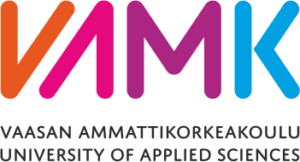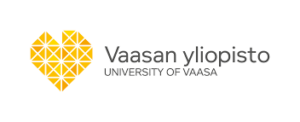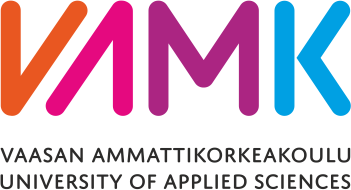Project information:
Official name of the project: Improved Access to Welfare Services by Digital Solutions
Duration of the project: 1.6.2021 - 1.2.2023
Project coordinator: Åbo Akademi
Project partners: VAMK, Novia, University of Vaasa
Funding: City of Vaasa
Budget: 51 000 €
RDI platform: Smart Well-Being
Project description
Welfare’s digital transformation is underway. Rapidly emerging welfare digital technologies are being used by welfare organizations to improve their services. It is essential to develop novel solutions for welfare services, to guarantee access to welfare services, to maintain well-being of the population and to contain welfare service costs. As a result, welfare organizations are now examining how best to apply these technologies in their own operations. There is a need to design new welfare services in responsible ways of working with a shift towards user-centred services, and also in line with requirements of stronger data ownership and management of the patients, coupled with increased interest in self-measurement.
Goals
The overall aim is to develop an evidence-based service model for digital welfare services that offers flexible solutions creating value for both families, staff, and other stakeholders, in a trustworthy, ethical, safe, accessible, and transparent way. Furthermore, the aim is to explore whether this will lead to increased efficacy and efficiency, without jeopardizing high quality (services) and patient safety. The first step (conducted 2021) was to conduct background research focused on children and families (one of the target groups of the forthcoming Welfare Region of Ostrobothnia).
Results
Parents use electronic services in a variety of ways, e.g. for monitoring children’s care times (TietoEdu) and school (Wilma). Appointments were reserved for health services and hobbies through various applications. Although digital services were perceived as useful, they were also perceived as causing stress: the accessibility of digital services had increased, but it was felt that some services could be combined in one place, for example in Wilma.
For the most part, parents used social media for different types of communication, but remote reception services for customer and patient work had not been used much. Digital services are mainly seen as complementary services among others, and according to the results, they are not suitable for the treatment of complex issues according to parents. Human contact was emphasized in the answers. It would be good to gather digital services in, for example, a digital family center that would have both private and public services.






